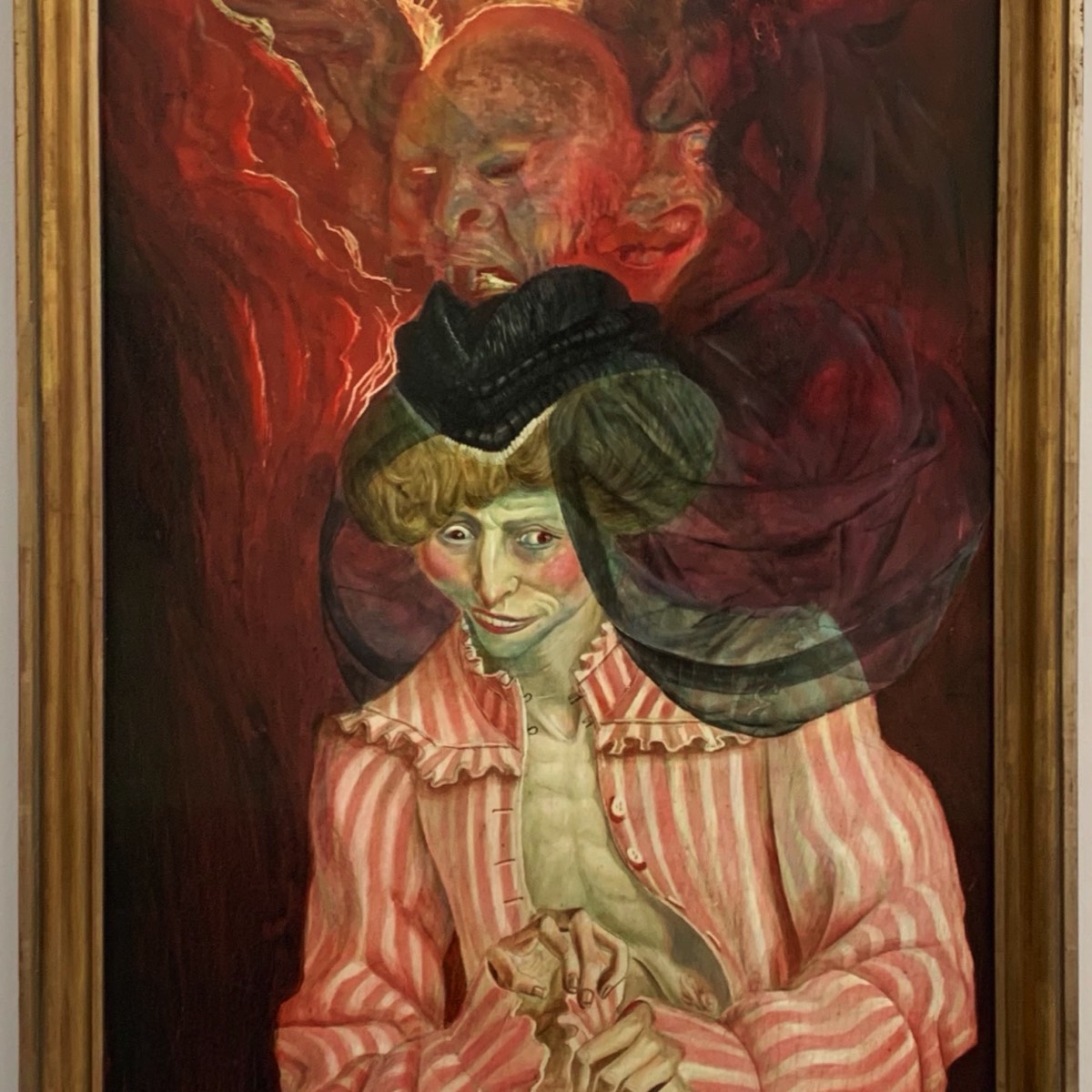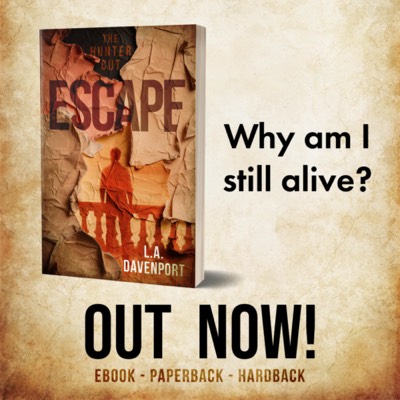Why Would You Want To Go There?
Travel, 26 May 2023
by L.A. Davenport
When I told my German friends, most of whom live in Berlin, that I was going to Mannheim for work this week, they were not impressed. They quite literally turned their noses up, as if they had smelled something rather unpleasant.
“What would you want to go there for,” they asked, every one of them, almost word for word.
“What’s wrong with it,” I obviously enquired in reply.
It turns out they didn’t really have anything specific to say, other than that it was hardly high up on anyone’s recommended list of destinations to visit in Germany. I naturally assumed that, like many of my friends still living in London, they look down on provincial cities, and believe that anywhere other than where they live must be awful.
And so it proved to be the case.
Indeed, Mannheim was something of a revelation. To a outsider like me, the city is quite pretty, and convivial. Perhaps it isn’t as flashy and eye-catching as Berlin, Munich or Hamburg, to name a few world-renowned destinations, or even Leipzig, but it has some fine gardens and charming architecture in the centre (leaving aside the modern buildings), and some lovely suburbs.
It benefits from being a university town; it is clearly a young city, and the people are friendly and have time to chat. The grid layout of the main streets gives it an unusual feel, and there is much to be discovered, even if it is not so obvious at first sight.
In other words, it rewards the inquisitive flâneur. And it benefits from that typically German thing of having lots of open, green spaces. I’m not saying I am thinking of moving there, but I would happily go back.
“What would you want to go there for,” they asked, every one of them, almost word for word.
“What’s wrong with it,” I obviously enquired in reply.
It turns out they didn’t really have anything specific to say, other than that it was hardly high up on anyone’s recommended list of destinations to visit in Germany. I naturally assumed that, like many of my friends still living in London, they look down on provincial cities, and believe that anywhere other than where they live must be awful.
And so it proved to be the case.
Indeed, Mannheim was something of a revelation. To a outsider like me, the city is quite pretty, and convivial. Perhaps it isn’t as flashy and eye-catching as Berlin, Munich or Hamburg, to name a few world-renowned destinations, or even Leipzig, but it has some fine gardens and charming architecture in the centre (leaving aside the modern buildings), and some lovely suburbs.
It benefits from being a university town; it is clearly a young city, and the people are friendly and have time to chat. The grid layout of the main streets gives it an unusual feel, and there is much to be discovered, even if it is not so obvious at first sight.
In other words, it rewards the inquisitive flâneur. And it benefits from that typically German thing of having lots of open, green spaces. I’m not saying I am thinking of moving there, but I would happily go back.
A highlight for me going to any new place is visiting the local art gallery, and the Kunstalle Mannheim is far more consequential than one might expect for the size and reputation of the city.
Among the exhibitions I saw there, The Insect was by far the most visually arresting. It covered an enormous range, from early biological drawings, which have always been a favourite of mine, to more contemporary works and even body art.
Initially, I wasn’t sure it would be that satisfying, but it was carefully curated, making it possible to trace how depictions of insect life have evolved from recording the wondrous diversity of nature to seeing the animals in a more metaphorical and symbolic sense.
Next, I explored the Focus Collection, which is a way for the gallery to show the breadth of its treasures across several rooms on the upper floor of the rather impressive Art Nouveau building. There were some fine works by Otto Dix, Max Beckmann, Francis Bacon, Marc Chagall, Wilhelm Lehmbruck, Robert Delaunay, Paul Klee and László Moholy-Nagy, the latter of the whom always has the ability to appeal directly to my soul.
Some of the other exhibitions of more recent pieces didn’t really work for me, however, and I was left, as I so often am, wondering where art goes next, if indeed it will go anywhere.
At its laziest, modern art, whatever that means nowadays (I suppose I’m talking about abstract or non-figurative art from the past four of five decades), seems to be an excuse to make little effort.
It starts with that tedious practice, thankfully less in vogue now, of not having a title, of course, but the idea that simply arranging colours and hinting at shapes on a canvas, or any other means of display, automatically makes it art is a nonsense.
It is as if the creators truly believe that simply displaying something in a gallery makes it art, even though that concept is so ludicrous as to be hardly worth discussing. And yet this is what we face again and again.
Sadly I cannot remember the name of the artist in one of the rooms of the Kusthalle (and the internet has not been helpful) who gathered limestone rocks from the Champagne region of France and arranged them in a circle on the floor, presumably to be regarded in a suitably reverential manner.
The arrangement was pretty enough and the strictures of the circle as a concept were respected, so in that sense it worked. But where was the message? Where was the idea? There was no meaning, and don’t tell me that it should come from within. Nothing was sparked by it, and it referred to nothing other than itself.
Whilst looking at that collection of assorted stones, I couldn’t help thinking of my father and his work in former times as a dry stone waller, whose work was much more accomplished and certainly more functional than what was on left on the floor of the gallery in the Kunsthalle.
I thought of that and the effort and fossil fuel required in lugging all those lumps of rock from their home environment, where they formed a semi-inert part of an ecosystem, simply to underwhelm in a gallery in another country.
Among the exhibitions I saw there, The Insect was by far the most visually arresting. It covered an enormous range, from early biological drawings, which have always been a favourite of mine, to more contemporary works and even body art.
Initially, I wasn’t sure it would be that satisfying, but it was carefully curated, making it possible to trace how depictions of insect life have evolved from recording the wondrous diversity of nature to seeing the animals in a more metaphorical and symbolic sense.
Next, I explored the Focus Collection, which is a way for the gallery to show the breadth of its treasures across several rooms on the upper floor of the rather impressive Art Nouveau building. There were some fine works by Otto Dix, Max Beckmann, Francis Bacon, Marc Chagall, Wilhelm Lehmbruck, Robert Delaunay, Paul Klee and László Moholy-Nagy, the latter of the whom always has the ability to appeal directly to my soul.
Some of the other exhibitions of more recent pieces didn’t really work for me, however, and I was left, as I so often am, wondering where art goes next, if indeed it will go anywhere.
At its laziest, modern art, whatever that means nowadays (I suppose I’m talking about abstract or non-figurative art from the past four of five decades), seems to be an excuse to make little effort.
It starts with that tedious practice, thankfully less in vogue now, of not having a title, of course, but the idea that simply arranging colours and hinting at shapes on a canvas, or any other means of display, automatically makes it art is a nonsense.
It is as if the creators truly believe that simply displaying something in a gallery makes it art, even though that concept is so ludicrous as to be hardly worth discussing. And yet this is what we face again and again.
Sadly I cannot remember the name of the artist in one of the rooms of the Kusthalle (and the internet has not been helpful) who gathered limestone rocks from the Champagne region of France and arranged them in a circle on the floor, presumably to be regarded in a suitably reverential manner.
The arrangement was pretty enough and the strictures of the circle as a concept were respected, so in that sense it worked. But where was the message? Where was the idea? There was no meaning, and don’t tell me that it should come from within. Nothing was sparked by it, and it referred to nothing other than itself.
Whilst looking at that collection of assorted stones, I couldn’t help thinking of my father and his work in former times as a dry stone waller, whose work was much more accomplished and certainly more functional than what was on left on the floor of the gallery in the Kunsthalle.
I thought of that and the effort and fossil fuel required in lugging all those lumps of rock from their home environment, where they formed a semi-inert part of an ecosystem, simply to underwhelm in a gallery in another country.
Even though I have been gallivanting about, as my grandpa used to describe all travel that took one away from home, I have been hard at work on my various writing projects.
Over the past week, I have temporarily taken three novellas from my collection No Way Home — Screengrab, Deathcast and Stations of the Soul — off of sale on other major platforms so that they can be enrolled in KDP and give them a different life for a while.
Alongside, I have been finalising a stand-alone short story that I will publish as soon as the designer has come up with a cover, and I have been working on an exciting project that I hope to share with you in the coming months.
That and the ongoing progress on the follow-up to My Life as a Dog and it’s starting to feels as if there is a lot in the pipeline.
Over the past week, I have temporarily taken three novellas from my collection No Way Home — Screengrab, Deathcast and Stations of the Soul — off of sale on other major platforms so that they can be enrolled in KDP and give them a different life for a while.
Alongside, I have been finalising a stand-alone short story that I will publish as soon as the designer has come up with a cover, and I have been working on an exciting project that I hope to share with you in the coming months.
That and the ongoing progress on the follow-up to My Life as a Dog and it’s starting to feels as if there is a lot in the pipeline.
© L.A. Davenport 2017-2024.
0 ratings
Cookies are used to improve your experience on this site and to better understand the audience. Find out more here.
Why Would You Want To Go There? | Pushing the Wave

